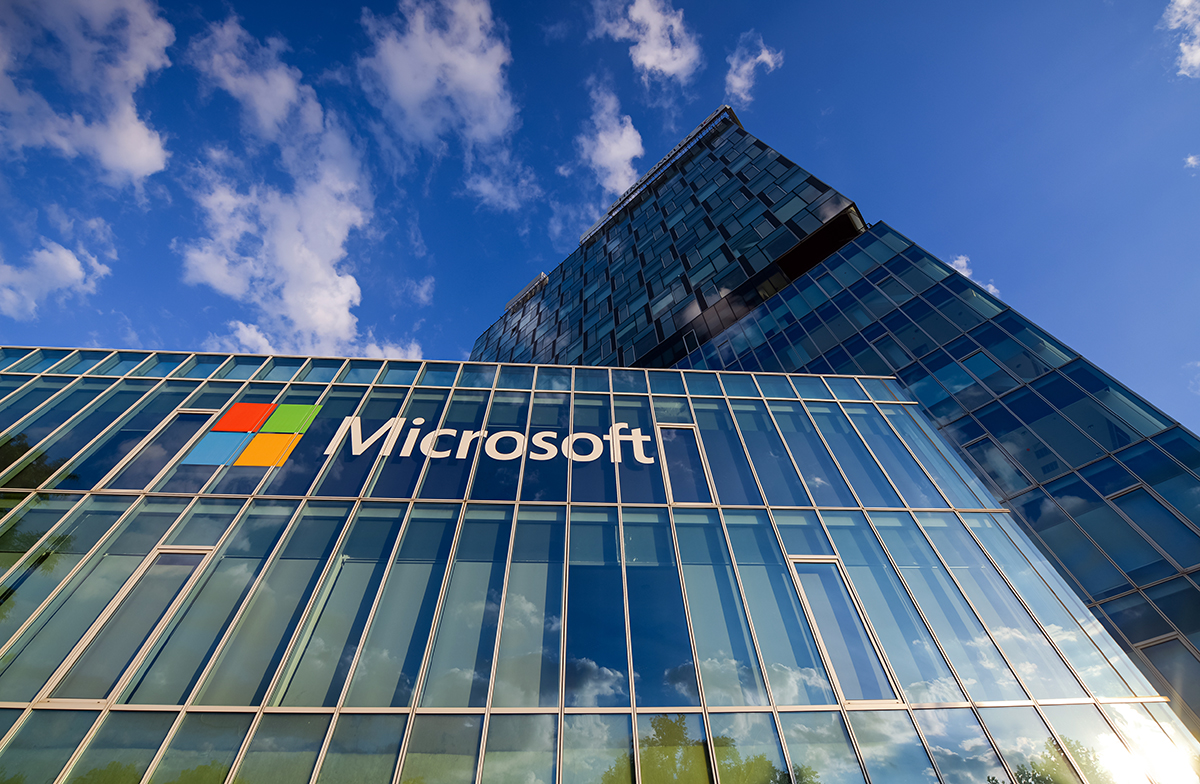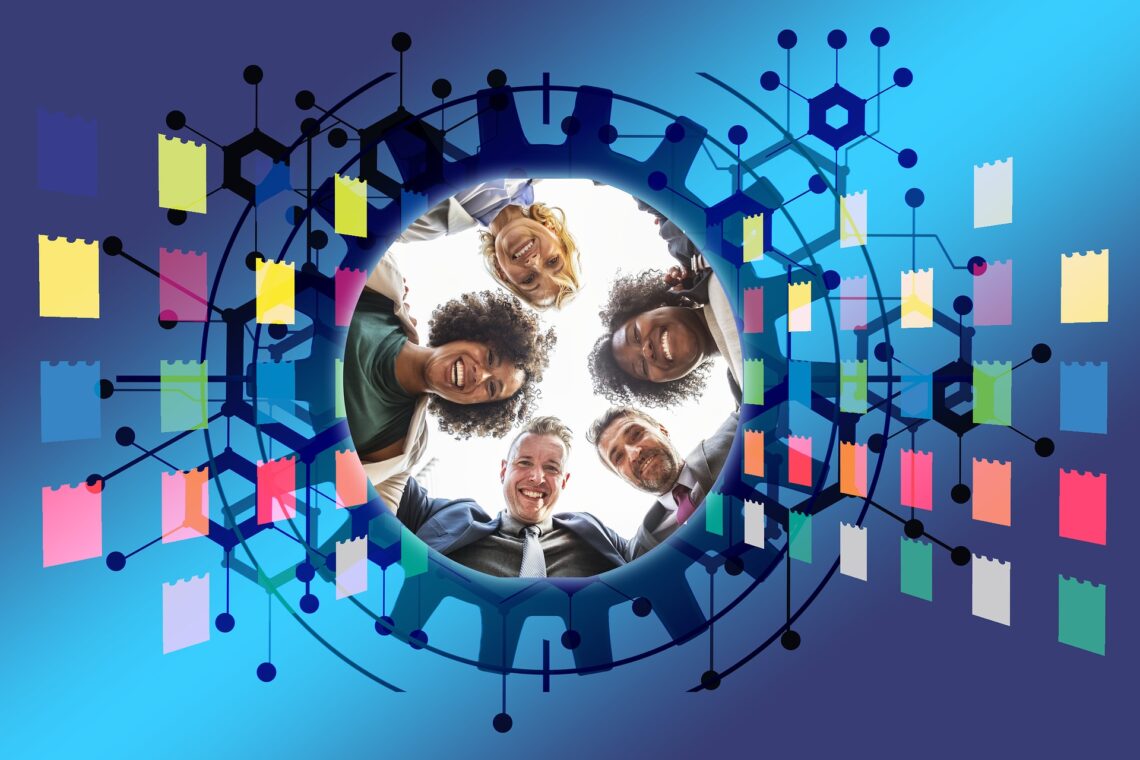
How Neurodiversity is Driving Innovation in Technology

For the past few years, three social and economic movements have been picking up speed, changing the way we work forever: digitization, diversification, and the Great Resignation. Navigating these tumultuous professional waters isn’t easy—especially with consumers’ seemingly unquenchable thirst for “the next best thing.”
Hiring neurodivergent workers could be a future-proof life preserver.
These professionals could not only help employers turn the tide on the current labor shortage but also inject new and exciting methods of problem solving into their workforce, enabling a culture of innovation and truly special client solutions.
In this article, I will explore neurodiversity in the workplace and the connection it has to innovation, specifically in technology.
Neurodiversity at Work
Neurodiversity refers to variations in the human brain and cognition. According to Deloitte, this population is suffering from astronomical unemployment and underemployment rates despite most companies’ increasing efforts to support diversity, equity, and inclusion. Unemployment for neurodivergent adults is 30-40% —that’s 3x the rate for people with disabilities and 8x the rate for people without.
Even with increased efforts, the rate of unemployment remains high for several reasons including skill differences, absence of on-the-job support, a lack of understanding and accommodations. Non-inclusive hiring and poor retention practices are also barriers to equal employment for professionals with neurodiversity.
Putting Neurodiversity to Work
Each neurodivergent person is unique, so it isn’t fair to generalize their cognitive processes. However, neurodivergent people usually possess unique traits and skills that give them competitive advantage over their neurotypical peers.
Visual thinking, attention to detail, pattern recognition, visual memory, and creative thinking are just a few areas in which neurodivergent people shine. Here are a few examples of highly-employable skills commonly displayed:
- Those with dyslexia are great problem solvers, have strong communication skills, are good story-tellers, analytic, and quite creative
- Those with ADHD are eager to work and good at undertaking tasks that are high-priority or physical in nature
- Those with autism are empathetic, direct communicators, subject matter experts, possess a strong attention to detail, and are good at following rules. They also present higher-than-average IQ scores
Neurodiversity and Innovation
Innovation is the idea of discovering a unique way of solving a problem. For neurotypical people, it can be uncomfortable to challenge the traditional method of problem-solving. In turn, the path to innovation can become frustrating and time-consuming.
On the other hand, neurodiverse individuals can see situations with a more abstract lens. Rather than viewing a process linearly, perhaps their cognitive reaction is to reorder the sequence. Or instead of deciphering the problem audibly, a person with a neurodiversity might interpret it with illustrations or words. This act of approaching a challenge from a different angle could illuminate a never-before-seen solution.
And because no two people—including those with neurodiversity— are alike, having a blended team of neurotypical and neurodiverse professionals creates a kaleidoscope of perspectives on a single problem. That is how innovation is born.
Neurodiversity in Technology
The technology sector has much to gain from neurodiversity. Not only are neurodiverse people catalyst for innovation, but they represent a population of the people for which they are creating products for. This helps bring awareness to considerations to design and usability.
According to a CNBC report, a number of large technology enterprises are actively seeking out professionals with neurodiversity to fill critical roles. These organizations have not only recognized the talent which exists among neurodiverse individuals, but have taken the extra steps to implement neurodiversity hiring programs.
Amongst companies who have embraced neurodiversity, research findings are very promising:
- A Hewlett Packard Enterprise program that showed that the neurodiverse teams are 30% more productive than others
- A Deloitte report detailed that companies with inclusive cultures were 6x more likely to be innovative and agile
- IBM has created a group with more than 1,400 members supporting neurodiversity in the workplace
- JPMorgan Chase reported that professionals in its Autism at Work initiative were 90% to 140% more productive and made fewer errors than neurotypical employees
- Organizations providing mentors to professionals with disabilities reported that profitability increased by 16%, productivity by 18%, and customer loyalty by 12%
Neurodiversity for Competitive Advantage and Equality
Diversity in the workplace helps drive innovation. When companies are focused on hiring individuals with different skillsets, levels of expertise, and abilities, more innovative products and services are produced because creativity and analytical skills prove abundant.
Often, there is a misconception that people who are neurodiverse have a disability and can keep a team from truly excelling and performing to their highest capabilities. This notion couldn’t be further from the truth.
Many companies have already realized the benefits of neurodiversity amongst their workforces. Neurodivergent individuals possess the ingenuity and tenacity to thrive under pressure and can help to bring challenging projects to a flourishing finish.




